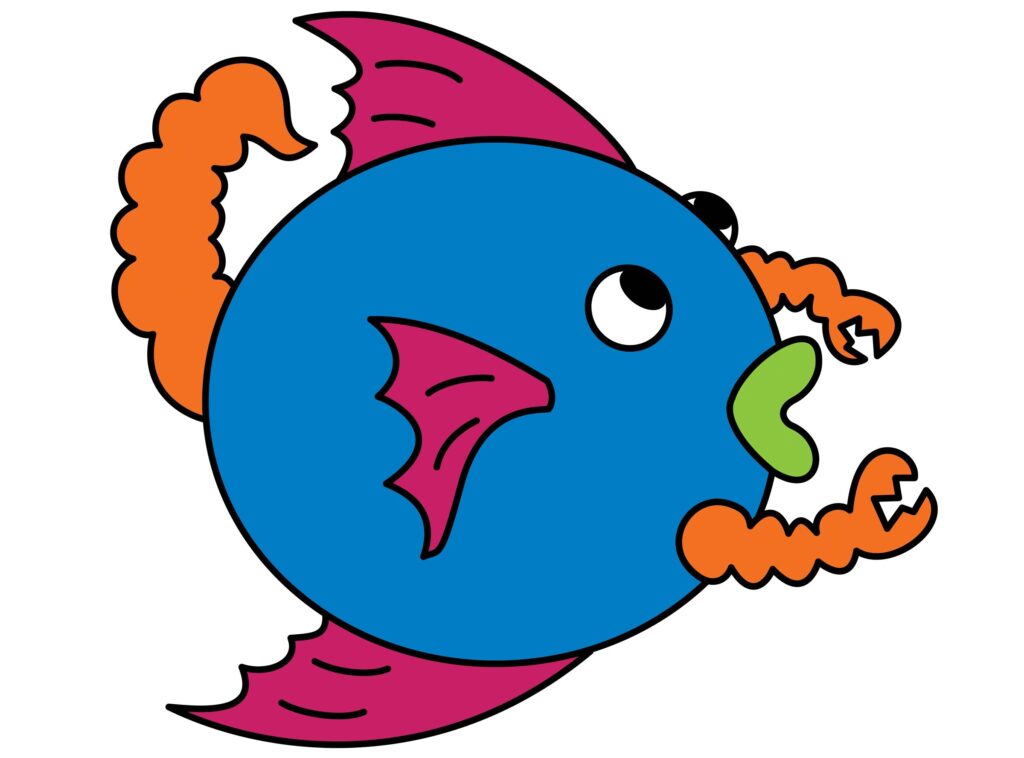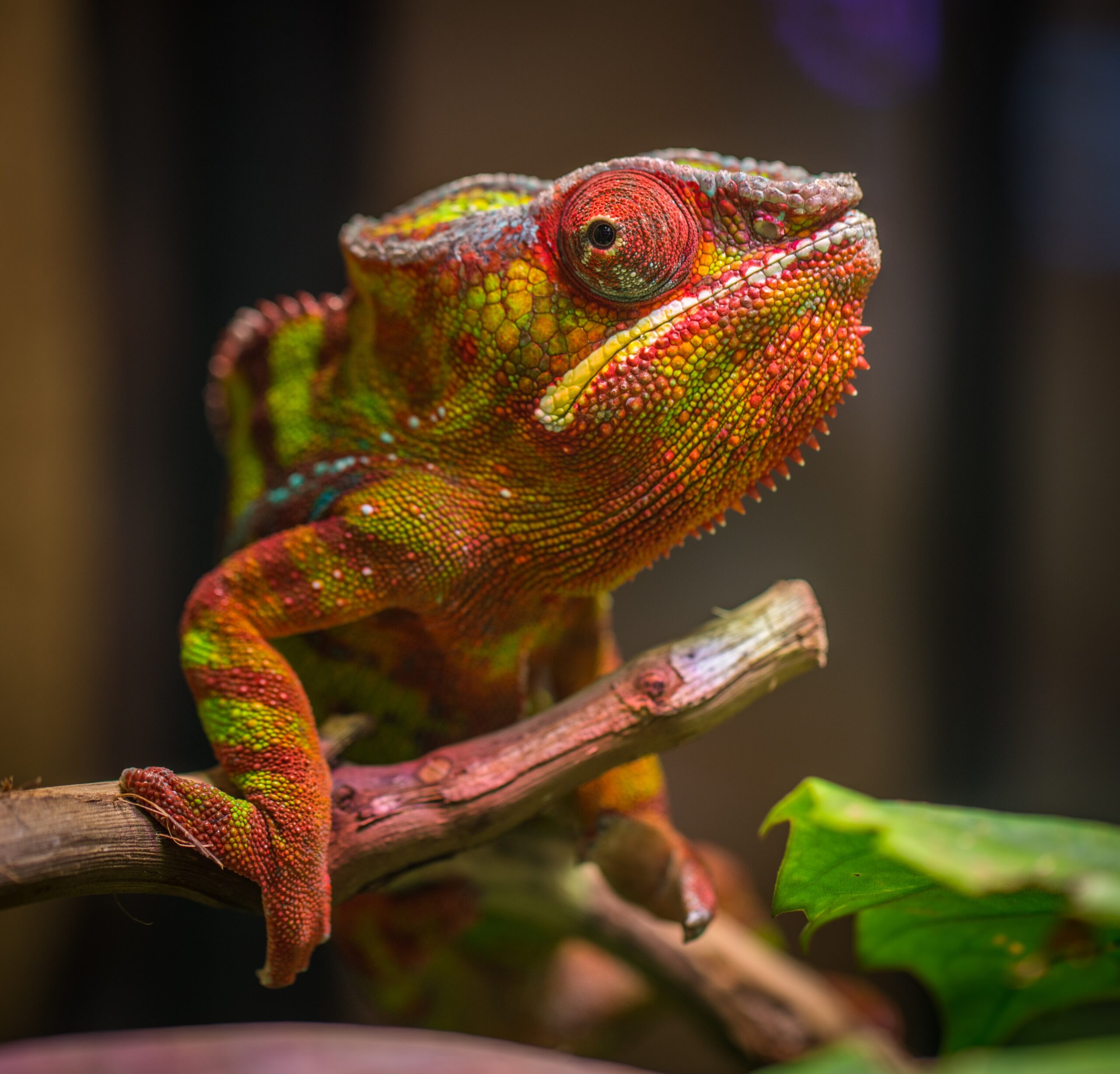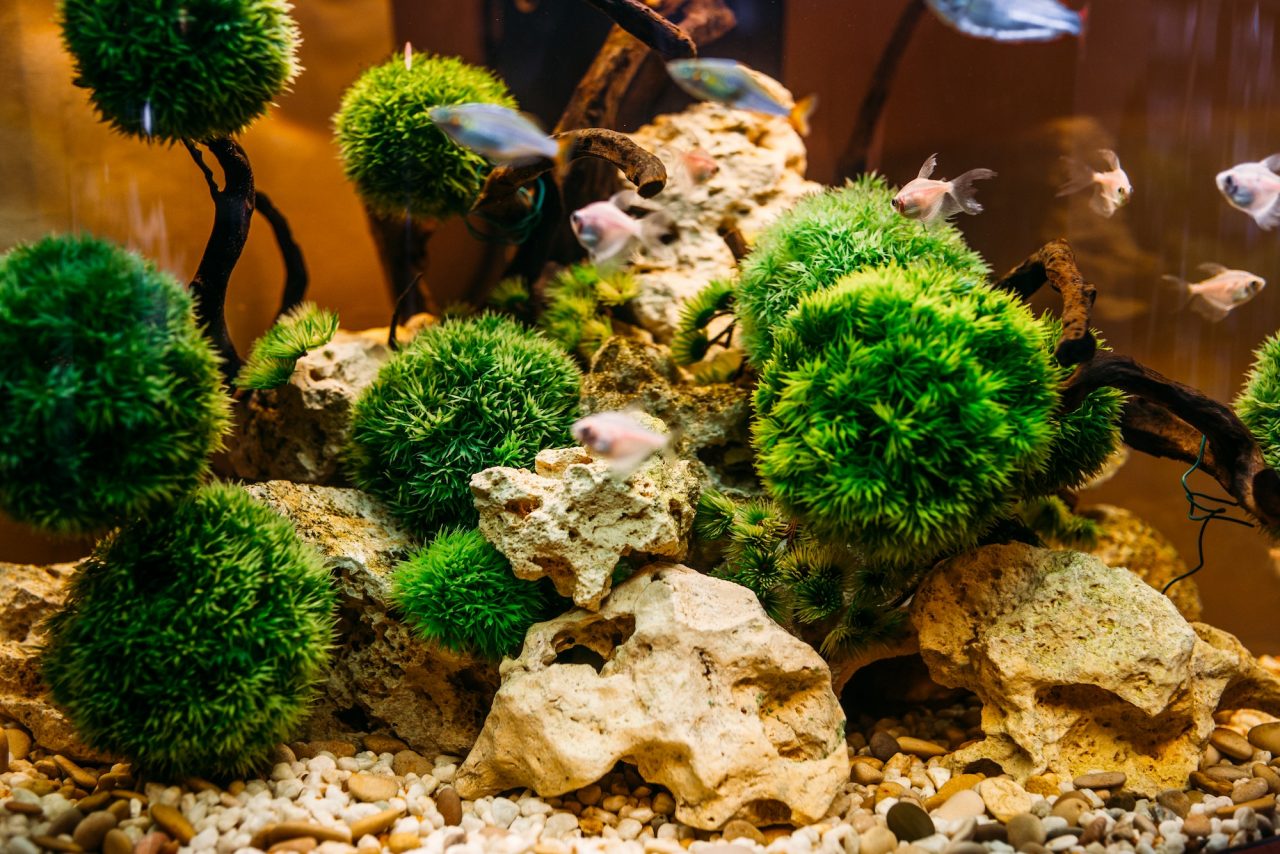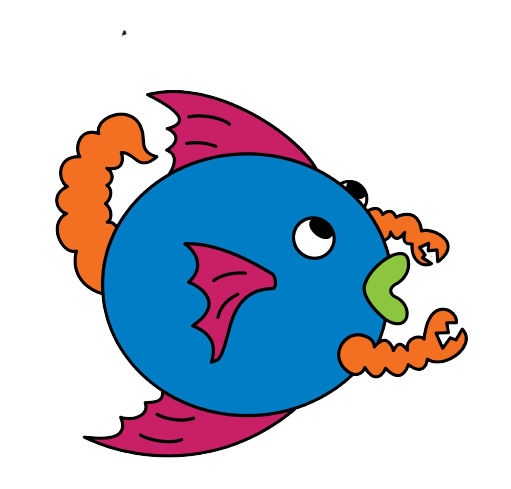Introduction
Providing a healthy environment is a crucial responsibility for all fishkeepers. Successfully maintaining aquatic animals in the home aquarium is dependent on the proper installation and maintenance of a COMPLETE water filtration system. Further, the size and the capability of the filtration system must be appropriate both for the aquarium gallonage and the number and size of the fish therein.
Filtration is divided into three distinct processes each of which serves its own specific purpose and all of which are necessary. The three processes are: mechanical, chemical and biological.
Mechanical Filtration
Mechanical filtration removes uneaten food, feces, plant material and other particulate matter that contributes to the haziness of the aquarium. This is the first phase of the filtration system because the particles it removes would clog the chemical and biological filtration media, making them less effective.
This method is usually described as the “trapping” of particulate and suspended matter from the water by straining. It is performed by passing the water through a media which retains the “dirt,” allowing clean, clear water to be returned to the aquarium.
Mechanical filters, by nature and design, will become clogged, and then either the water will bypass the filter media, or the flow of water through the filter will decrease. This makes periodic changing or cleaning of the filter media necessary.
The second part of mechanical filtration is the removal of the strained material from the aquarium. This step is extremely important because most of this material is organic in nature, and therefore subject to further breakdown by bacteria.
Some common types of mechanical filter media are filter fluff, polyfiber pads, sponges, pleated cartridges and diatomaceous earth. The difference between media is the degree of filtration each performs. Keep in mind that the finer the media, the smaller the particles trapped.
In comparable situations, filter fluff and polyfiber pads may last one month before needing cleaning or replacing, sponges about two to three weeks, pleated cartridges two days, and diatomaceous earth less than one day. Every tank, depending upon its fish population, the amount of food they are fed, and the type of filter used, will have its own frequency of service requirement.
There are many different types of mechanical filters. Among them are corner filters filled with activated carbon and filter floss, air and water pump powered sponges, and the two most common – hang-on power filters and canister filters.
Power filters, which hang on the tank, are convenient and easy to clean, but are generally not as effective as canister filters because there is the possibility that as the media becomes clogged, the water can overflow unfiltered into the tank.
Canister filters operate on the principle of positive filtration. Water is sucked through the media inside the canister and is then pumped back into the aquarium, with no bypassing of the media. Over time, as the filter media clogs, the water flow rate will decrease, signaling that it is time to clean the filter. Generally speaking, aquaria over 30 gallons with large numbers of fish, or tanks with a few very large fish, should employ canister filters.
Chemical Filtration
Chemical filtration involves the removal of dissolved substances by chemically or physically binding them to the filter media. Unlike the particulate material removed by mechanical filtration, the compounds being chemically filtered generally cannot be seen because they are dissolved in the water.
This filtration is called adsorption, and is a phenomenon associated with the interaction between two different phases of matter (in this case, the liquid phase of water and the solid phase of the filter media).
First, and most importantly, the effectiveness of chemical filtration depends upon contact of the media with the water carrying the pollutants. Having lots of media in little contact with the water is not effective.
Second, chemical filtration should come after effective mechanical filtration. This will keep particulate material from clogging the pores and spaces of the chemical media, allowing the water to flow through it freely.
Third, no chemical filtration media lasts forever. While some can be recharged, it is often safer, easier and cheaper to simply throw away the old media and replace it with new.
Fourth, using chemical filtration does not eliminate the need for water changes and other good fish husbandry practices!
The most common type of chemical filtration media is granulated, activated carbon. It removes chlorine, chloramincs, organic compounds which discolor the water, dyes and some types of medications.
There are other media (usually types of zeolite) which can adsorb ammonia, nitrate or phosphate from the water. These media are generally referred to as “ion exchange media.” Ion exchange removes unwanted or harmful substances from the water by exchanging them with a harmless chemical.
Most hang-on power filters and canister filters for chemical filtration come with granulated activated carbon. Others have reusable cartridges or accessory containers which can be filled with almost any chemical filtration media.
Biological Filtration
It has long been accepted that biological filtration is the critical phase of filtration in the home aquarium. Fish and other aquatic organisms release toxic ammonia into the water as their principal waste product. Ammonia levels will quickly reach a lethal level in the closed environment of an aquarium.
Fish may survive for some time with inadequate mechanical or chemical filtration despite the water’s murky or discolored appearance, but the absence of a process for eliminating ammonia and nitrite will kill fish within hours if the levels rise enough.
A simple definition of biological filtration is the conversion of ammonia to nitrite, then nitrite to nitrate, by bacteria. This process is called “biological” filtration because the filtering is done by living organisms, as opposed to mechanical and chemical filtration which are accomplished by physical media. The technical term for the process is “nitrification.”
Nitrifying bacteria will grow on every surface in the aquarium. The biological filter is designed for the purpose of supporting huge numbers of bacteria in a small volume of space.
The types of biological filters range from simple, but effective, corner box filters, to advanced looking systems with electronic probes and control mechanisms. The more common types are undergravel filters, sponge filters, wet/dry systems and fluidized bed. A quick review of these four will illustrate some important concepts that should help you in the selection and maintenance of an efficient biological filter.
The most common biological filter used in the U.S. is the undergravel filter. The principal behind its operation is the continuous circulation of water down through the gravel, up the lift tubes and back into the aquarium. The water is pumped either with a combination of airstones and an air pump, or by using a powerhead.
A second common biological filter media are sponges. There are a number of different sponge-type biological filters – some use air to pump water through the sponge, while others connect to a powerhead. A few power filters and canister filters have sponge inserts that act as biological filters. Some good situations for their use are fry rearing and hospital tanks.
Another type of biological filter is the “wet/dry” biological filter. These filters have been adapted to the aquarium hobby from the aquaculture and waste water treatment fields.
There are too many different models to describe here, but all operate according to the same central principal: The bacteria are not underwater. Rather, the bacteria in a wet/dry filter grow on media that alternates between being wet and dry.
When wet, they are in contact with the ammonia and nitrite in the water, and when dry, they can get oxygen from the atmosphere. Since the rate at which the bacteria grow and remove toxins is oxygen-dependent, they are more effective in a wet/dry filter compared to traditional types of biological filters.
A more recent type of biological filter available is the fluidized bed canister filter. Like the trickle filter, the fluidized bed concept has been used successfully for years in the aquaculture industry. It has only recently become available in a miniaturized version appropriate for the home aquarium.
Fluidized bed filters have many times the filtering capacity of the same volume trickle filter as the media is in constant motion and completely surrounded by water. This allows for every bacteria covered particle to be in continuous contact with oxygen, ammonia and nitrite and allows for a faster exchange of minerals and dissolved gases.
Both wet/dry and fluidized bed biological filters MUST have highly efficient mechanical prefiltration incorporated into the system. This prefiltration eliminates the collection of deitrus which prevents the media from contacting with oxygen and restricts free water-flow paths.
There are certain areas in an aquarium setup where “corners can be cut” and a few dollars saved. The filtration system, however, is the very heart of your simulated aquatic world and should be given first priority.





